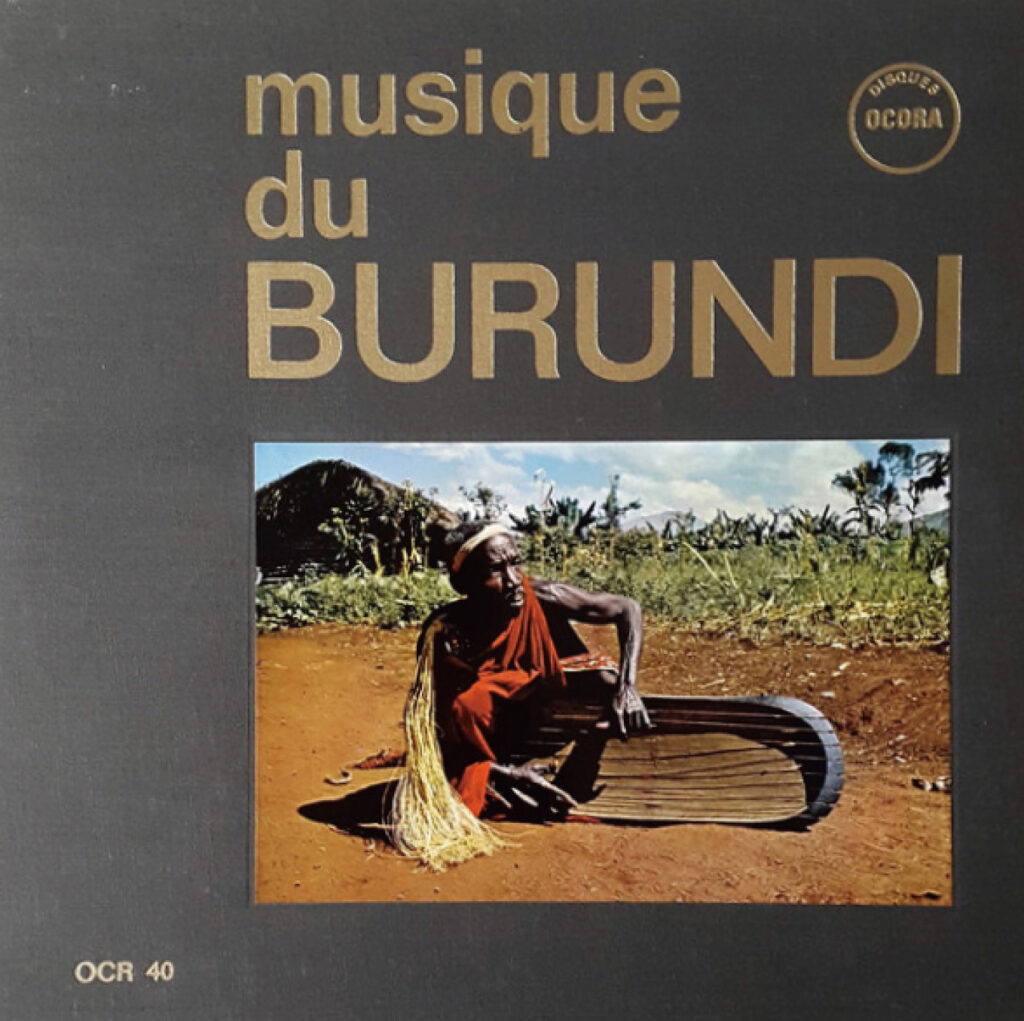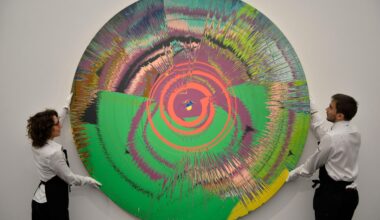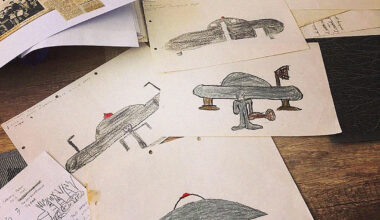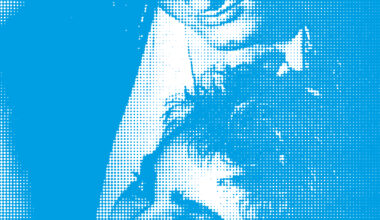Picture the scene. It’s 1979 and in a French library, Malcolm McLaren has unearthed a record that will shape the 1980s pop charts… or has he? We lift the lid on the origins of the Burundi beat sound

Had Malcolm McLaren not taken a fancy to a librarian working above the Pompidou Centre one afternoon in 1979, then might British pop have looked very different in the 1980s? Stepping towards the counter with an album clasped firmly in hand – or so the story goes – the fiery-haired Stoke Newington-born disrupter asked the Mademoiselle in question to play a track selected from ‘Musique Du Burundi’, from Radio France’s specialist field music label, Ocora.
McLaren requested ‘Ensemble De Tambours’ (also known as ‘Tambours “Ingoma”’), a recording of a tattoo of Burundi drummers from the Ingoma tribe captured by a pair of French ethnomusicologists sometime in 1967 and released in France the following year. According to Paul Gorman’s ‘The Life & Times of Malcolm McLaren: The Biography’, the librarian accidentally got the speed wrong, playing the record at 45 rpm instead of the requisite 33 rpm, which set a lightbulb off in the mind of the man who had managed Britain’s most scandalous band. In that moment, he forgot all about the assistant and was suddenly lost in his own reverie.
After splitting acrimoniously with the Sex Pistols following a lengthy court battle, McLaren had a spell managing Adam And The Ants for the princely one-off fee of £1,000. His appointment came with two magic words – “Burundi beat”. The tale has it that the notorious impresario convinced Stuart Goddard that stardom was his if he’d only incorporate the sound of the Burundi drummers into his music. And sure enough, in 1980 ‘Dog Eat Dog’ went to Number Four in the charts and Adam Ant became the hottest property in pop for the next three years.
McClaren played Faust with Bow Wow Wow too, who also followed the same blueprint with slightly shorter-lived success.
“War paint, Mohawk haircuts, three-cornered admirals’ hats, pirate garb and rhythms copied from a field recording of African tribal music are some of the unlikely components of Britain’s latest contribution to pop music,” wrote The New York Times in 1981. The fad even acquired a name, the new tribalism, which extended to lowest common denominator pop nonsense like Tight Fit and Toto Coelo.
The Pompidou incident, like so many of McLaren’s other yarns, is woven into the tapestry of his own mythology. The clever Situationist facilitates mischief and then sits back, arms folded, as the bombs go off.
McLaren is no longer with us, sadly, so verifying his account is impossible, but it wouldn’t have been the first time he’d nicked a decent idea from Paris. It was a city he spent a lot of time in from 1973 onwards (when he went there with the New York Dolls). He soaked up the musings of gonzo aesthetes like Yves Adrien and Alain Pacadis who were writing for esteemed French music mag Rock & Folk at the time, and further inspiration came from a chance meeting with Elli Medeiros of the Stinky Toys, whose dress was held together with safety pins. As 1960s pop star turned uber producer Bertrand Burgalat once told me, “He arrived in Paris dressed like a Teddy Boy and went back to London dressed like a punk”.
Robin Scott, who’d scored a massive international hit with ‘Pop Muzik’ in 1979 under the diminutive nom de plume M, was one of the friends living in Paris that McLaren fell back on following the fallout from the Pistols.
“Around that time, I was producing for Barclay Records in Paris, who’d signed the Pistols in France,” says Scott. “Malcolm and I shared a lot of ideas when he’d drop by the label. World music was more current in Paris than the UK and was a part of the Barclay repertoire.”
Intriguingly, Adam And The Ants were signed to Scott’s own Do It label for their debut ‘Dirk Wears White Sox’.
“There was some speculation as to who sowed the seeds in Adam’s mind to adopt the Burundi beat,” says Scott. “Eclecticism followed the commercial collapse of punk in the record industry, and Malcolm and I advocated the practice. So who knows?”
Another inconvenient truth is that the Burundi beat had been used on a hit single before, and not just any beat, but specifically the rhythm track of ‘Ensemble De Tambours’. In an earlier example of inspired appropriation that often gets swept under the carpet, the French musician and arranger Michel Bernholc had taken the very same riff from ‘Musique Du Burundi’ and recorded a song over it with some staccato piano, and squelchy, vintage, descending synth bass. Under the name Burundi Steïphenson Black, Bernholc reached Number 31 in the UK charts in 1971 with ‘Burundi Black’… released by none other than Barclay Records.
While not that well known now, ‘Burundi Black’ sold more than 100,000 copies internationally, and had an influence on other musicians and artists, including Joni Mitchell, who used the field recording of the Burundi drummers with some Moog synthesiser for ‘The Jungle Line’ from her 1975 album ‘The Hissing Of Summer Lawns’. It also underpinned songs by the Beastie Boys and Def Leppard in the 80s.
Incidentally, Bernholc released ‘Burundi Black’ around the same time that John Kongos brought out ‘He’s Gonna Step On You Again’, which also featured a loop of African tribal drumming, though not ‘Ensemble De Tambours’ this time. Years later, ‘The Guinness Book Of World Records’ credited Kongos with being the first artist to use a sample in a song, a claim that was as preposterous as it was untrue, given that sampling originated in the 1940s with musique concrète (not that it was called that then). Nevertheless, Bernholc and Kongos were nearly a decade ahead of Brian Eno and David Byrne, and Eno and Jon Hassell too. ‘Burundi Black’ was the very embodiment of the unified primitivist/futurist aesthetic that Hassell called the Fourth World.
So did McLaren really approach a librarian he’d taken a shine to and specifically ask her to play the final song on the second side of a disc he’d never heard before, and then invent the new tribalism with what he heard? Or did he just rip off Bernholc and make up an elaborate story?
Unfortunately, only a real time machine is likely to uncover whether he was fibbing or not. But if you do happen to bump into McLaren on your time travels, while you’re finding out the truth, you might want to suggest it’d be a good idea to clear the samples and credit all the musicians on 1983’s magnificent Trevor Horn-produced hotchpotch ‘Duck Rock’. It’ll save him a lot of time and money in lawsuits.





